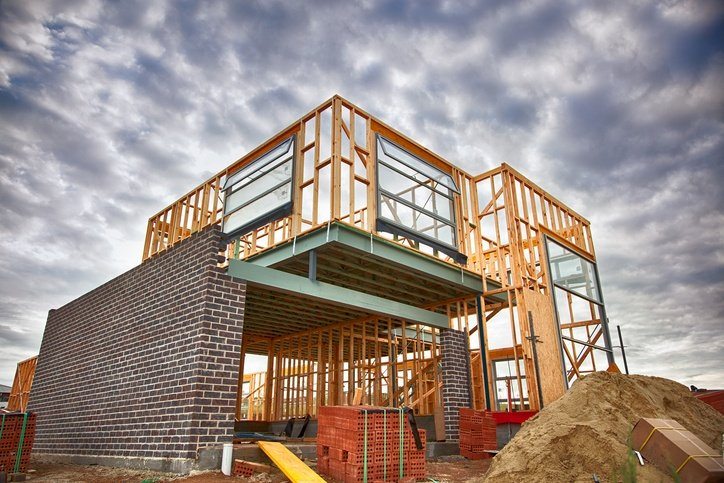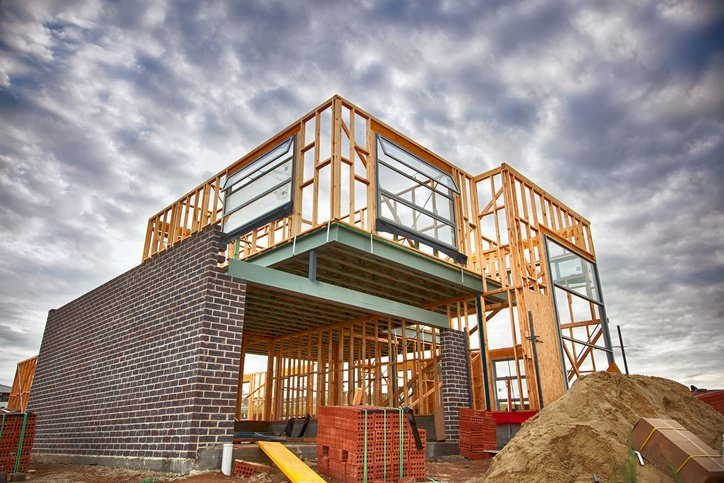
Whether your company has a single wireless network or multiple networks and access points, Wi-Fi interference issues are a common problem, frustrating users and IT pros alike and slowing down network traffic.
Solving these issues is another matter as solutions can range from the highly technical to ones that would baffle Sherlock Holmes on a good day.
In complex Wi-Fi networks, problems typically relate to connection, transfer or security, said Sorin Mustaca, CSSLP, Security+, Project+, an independent IT security consultant.
How can IT maximize their wireless networks, ensuring quality of service throughout the organization?
The "rated" range of a wireless router may be several hundred meters or more if range extenders are added. However, this assumes an open-plan setting. Walls act as barriers and as the number of barriers increases, the functional range is reduced accordingly. Some buildings, with steel and poured concrete used to construct them, act like Faraday cages, blocking the wireless signal entirely.
Location
In addition to walls, the location of a router can also introduce Wi-Fi interference. The strength of a signal dissipates the more walls there are between the router and the target system but there are other considerations. Wi-Fi operates on a 2.4GHz frequency so any device that shares a similar frequency can generate interference that blocks or restricts network traffic.
"When many networks share the same frequency, the devices need to 'work' more to get the right signal, therefore, the network connection is slower. Sometimes it is even impossible to connect to a network, even if you are just a few meters away from the router. The same result occurs if there are too many connected users," said Mustaca.
Of course interference is not limited to other routers. Fluorescent lighting, Bluetooth devices, refrigerators and other electronics can all reduce performance. Introducing barriers in addition to walls also has an impact. You would not place a router in a drawer or between two filing cabinets, for example.
Solving Access-Point Issues
For multiple routers, the problem is easily solved as most modern routers can automatically select the channel with the least interference, said Mustaca. "If the signals overlap, the devices will have to process more signals in order to filter the data which is for them. This increases latency, transmission errors and the power consumption," he added.
Related Article: LiFi: Bright Idea or Flash in the Pan?
He recommended that both 2.4GHz and 5GHz bands are enabled and to upgrade to a professional router if expected device or user connections are in the hundreds.
"Most SOHO routers can hold up to 50 parallel connections and still perform decently (officially, the manufacturers are not giving any numbers)," added Mustaca.
Myths Dispelled
Once users can seamlessly connect to Wi-Fi, traffic speed may still be an issue. Some companies may decide to use open networks.
"This means that absolutely everything flowing through this network is in plain text, free for everyone to view (with the proper tools). Few know that any password, even 12345, known by everyone, is better than no password at all," said Mustaca.
Given that network security is and always will be a concern for the IT team, all routers need protection with strong encryption and a complex password.
Not setting a password may increase initial connection speed but most routers "perform encryption/decryption using dedicated hardware which makes these operations as fast as non-protected Wi-Fi networks," said Mustaca.
Does configuring the Wi-Fi to shut down at night reduce power consumption?
"Most devices reduce automatically the power of the Wi-Fi signal if there is no device actively using it. The advantages of having Wi-Fi all the time is that many devices are connecting at night to their servers to get updates which can be pretty big sometimes. If they do this at night, then you have more bandwidth during the day," said Mustaca.
In conclusion, solving Wi-Fi interference is achieved by a process of elimination as shown previously. Automate settings where possible and always secure routers with a strong password. In complex networks, Mustaca offered one final piece of advice: add your devices to several access points so that if one fails for some reason, the devices can automatically switch to the next one available.
